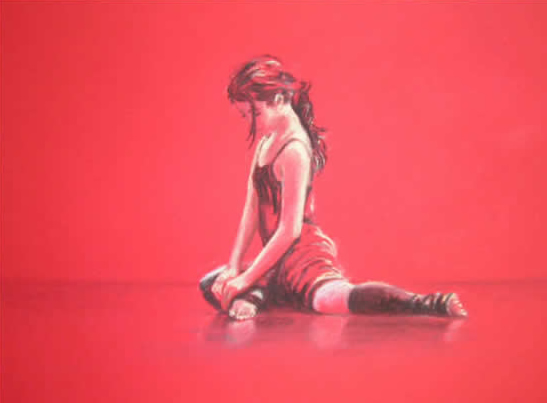Ballerina: Sex, Scandal and Suffering Behind the Symbol of Perfection by Deirdre Kelly — Online Review
Posted by Deirdre | Filed under Blog
In the earlier centuries, Kelly illustrates the backstage atmosphere and troubles facing ballerinas through a number of lives. Some were the best-known ballerinas of their day, Marie Salle and Marie Camargo in the 18th century and Emma Livry in the 19th century. Others were ordinary dancers who managed to bump up against history – Livry’s mother was an undistinguished ballerina and Kelly follows the story of some of the dancers who posed for Degas. These narratives are very good, not simply presenting a one-sided story of ballerina victims, but stories of women who were in charge of their own lives and others who made the best of what they had. What with all the luxury and debauchery in the earlier stories, they are also quite entertaining. Sexual exploitation and poverty are the main concerns but Livry, a talented dancer who was the protégé of the great Marie Taglioni, died from injuries sustained in a gaslight flame accident.
Kelly’s take on the 20th century will probably be the most controversial as she is extremely critical of George Balanchine. The 19th century was all about the ballerina – male dancers disappeared from the stage but women were beloved celebrities. Through the 19th century, the ballerina courtesan was a common role. This changed in the 20th century, partly as the times changed but also due to the rise of the choreographer. Kelly sees Anna Pavlova as combining the celebrity of the ballerina from the 19th century and the destructive self-sacrificing behavior of the ballerina of the 20th century. However, Pavlova’s ‘all for dance’ attitude was her own. For Balanchine, it was something that he demanded of his dancers. Nothing that Kelly says about Balanchine – that he was dictatorial, that he punished his dancers for having personal lives, that he slept with/married his dancers in revolving door fashion – is new but she has a much harsher interpretation of his legacy. Other accounts of Balanchine include the importance and influence of his work, his history, descriptions of his ballets and put these against his bad qualities but Kelly doesn’t do this. She points to his preferences for tall, skinny dancers as causing the current anorexia problems in ballerinas and goes on to provide details, statistics and examples. Dancers and eating problems being linked is another thing that would probably not surprise many but Kelly’s more detailed look at the issue is helpful. It is still ongoing although many have recognized the harm in the stereotype – Kelly mentions two very recent events, a dancer who spoke out about the eating disorders at La Scala and a critic who called a ballerina fat, sparking a media firestorm.
I did wonder if Kelly put too much blame on Balanchine for eating disorders as I would imagine there was a general rise in the population as thin became the beauty standard. Kelly points to the rise of choreographer as harmful to ballerinas. She certainly provides a lot of evidence of ballerinas as expendable (especially in the next section, on employment issues) but I don’t necessarily know if it’s a simple one to one relationship. Still, Balanchine’s influence is felt both in his creations and cultures and Kelly does give an unusually sustained criticism though she is doing it for a reason. As she notes, awareness of the problem does lead to at least the start of some solutions.
The next section looks at another current issue – wages, employment, work conditions. I didn’t know much about this so this was an enlightening section. The workaholic ballerina is another stereotype but Kelly describes some harsh and uncertain working conditions – didn’t realize the average pay was so low. Ballerinas are often criticized if they publicly air their problems or, even worse, take legal action. Dancing is a subjective art so it is easy to cite “performance issues” or not getting along with the choreographer/director as a reason. Dancers can be essentially pushed out by not giving them any roles. Kelly is critical of Mikhail Baryshnikov, who led the American Ballet Theater, and showed favoritism to certain dancers. She goes into detail in a number of cases involving striking ballerinas or women who sued over terminations or working conditions, notably Kimberly Glasco who sued the National Ballet of Canada. Glasco won her case but faced heavy criticism from the public and other dancers. There were issues of whether ballerinas should be speaking up and making their employers look bad. In the end, Glasco did not return to dancing though her positions were vindicated. Dancers tend to have a limited amount of time to perform and life and employment after dancing can be difficult. Kelly nicely covers this issue with interviews and a look at some of the current solutions. She’s hopeful about the future but does note that the culture still needs to change. This is an informative book – the initial stories are interesting and Kelly gives a good amount of detail about current issues that are both expected and unexpected.
Reviewed by DieFledermaus at http://www.librarything.com/topic/143173

